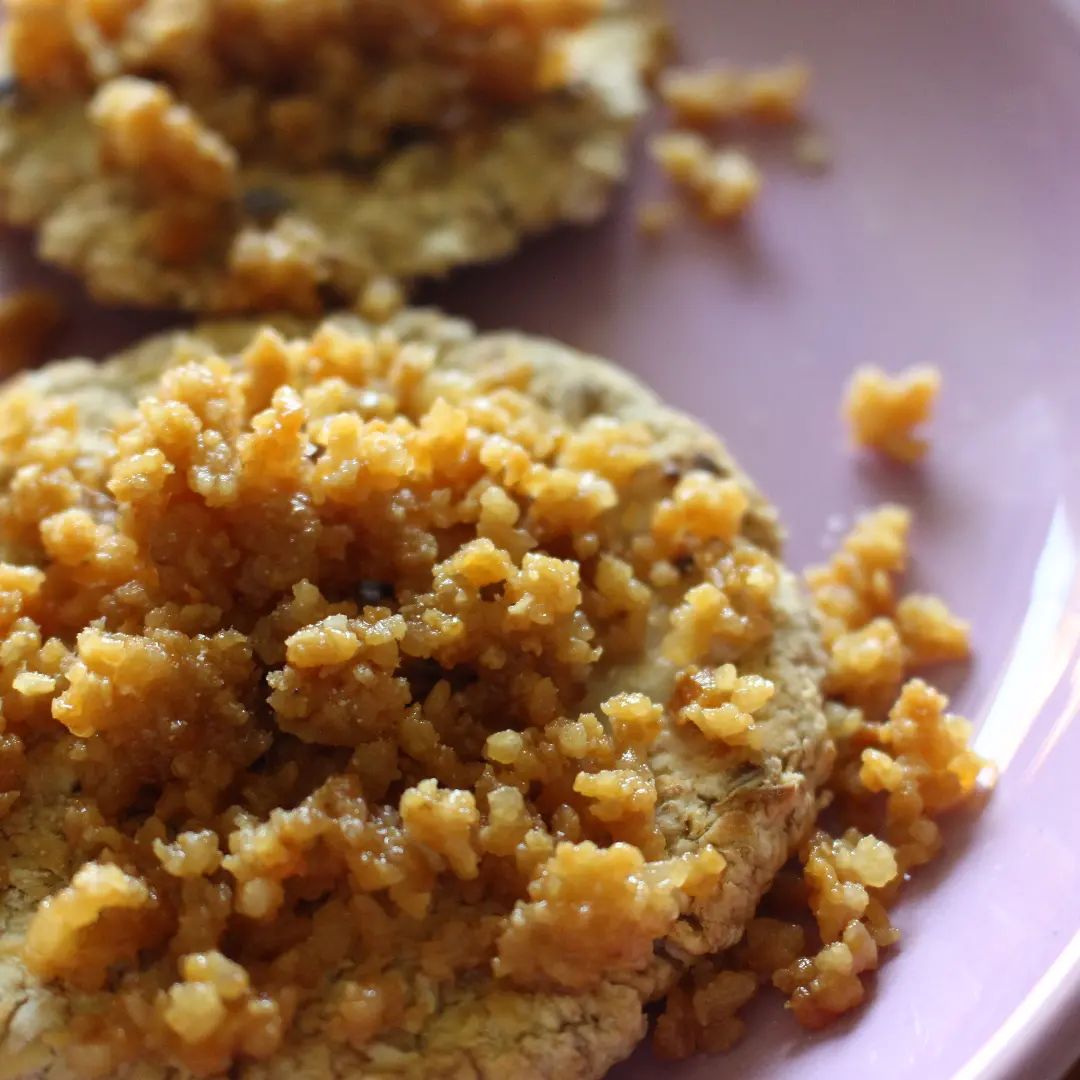#67 – 50 Ways to Save Money on an Ancestral Diet – Part 2
“I just can’t afford to eat ancestrally” is something that we hear all the time. And we get that, the mainstream, shop-bought side of ancestral eating can sometimes be eye-wateringly expensive. Notwithstanding that we’ve both been eating this way on a very tight budget for over a decade each. We’re going to show you that it is possible!… Read More








